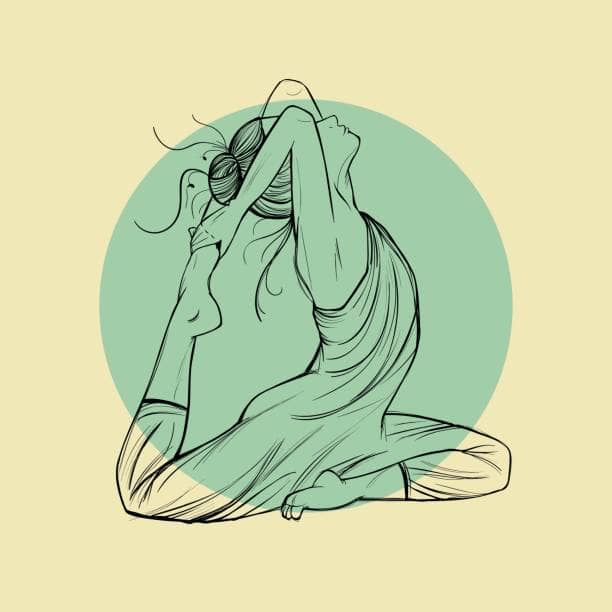“Walk tall, walk straight and look the world right in the eye.” If you remember those song lyrics, you may also be old enough to remember being told to stand up straight without slouching. Good posture used to be considered vital, while nowadays, there seems to be less emphasis on standing up straight. However, we need to pay attention to our bodies more than ever.

Table of Contents
The causes of poor posture
Circumstances sometimes cause poor posture largely beyond our control—physical conditions like scoliosis of the spine or osteoporosis can leave the skeleton misshaped. But our modern lifestyle also has a lot to answer for. Hours spent sitting at a workstation with shoulders hunched and neck bent can have a dreadful effect on the body, and we may also recline in our leisure time when we rest on the couch.
A sedentary lifestyle means we never strengthen or stretch our muscles properly, and this can cause problems. Further, living with high levels of stress each day makes our bodies tense. It’s easy to see why people find it hard to maintain an erect posture.
The consequences of poor posture
Rounded shoulders, hunched backs, and twisted necks don’t only detract from our appearance—they can also have serious consequences for our health. If we don’t move and stretch our muscles (e.g., exercising), they can become tight and reduce our range of movement.
If we have tight chests due to hunched shoulders, we may find that our lungs and diaphragm don’t work properly, preventing oxygen-rich blood from getting around our body effectively. If our circulation isn’t optimal, we can feel stiff, tired, and suffer from headaches. We’re also more at risk of injuries like lower back pain, slipped discs, and frozen shoulder.
Also Read: Tips and Steps to Beat up a Good Yoga Posture
We need strong core muscles in our backs, sides, abdomen, and legs to keep us standing straight. If our core muscles are weak, it can affect our balance and ability to walk, making us further susceptible to injury.
The hallmarks of good posture
So what does good posture look like? Try to imagine standing such that you can draw a straight line from your ear, through your shoulder and hip, down to where your leg meets the top of your foot. This means your body is well-balanced, with your weight distributed evenly and your chin parallel to the floor.
Remember that standing up straight doesn’t mean having a straight back—your body should have a neutral spine (following the natural curves in your back) without slumping forwards or backward. Your feet and knees should be pointing forwards, and your arms should be at your side with the elbows straight too.
Good posture when sitting is equally important. When you’re sitting, your chin should still be parallel to the floor, and your shoulders, hips, and knees all even. Keep both feet on the floor and pointing towards the front, and be especially careful to avoid hunching your shoulders if you’re using a laptop or tablet.
How to look after our posture
It’s never too early or too late to start thinking about good posture. However, you can’t develop strong muscles and a good body overnight, so remember to build things up gradually. Many sports, especially those that rely on balance (e.g., tennis, running, and pilates), can improve our posture by strengthening our core muscles. Other activities such as dancing or gardening can also help.
Although you can’t think about your posture every waking moment, please make an effort to consider it from time to time. Walk tall when you’re going up or downstairs, and keep your body erect when getting up from a chair or sitting down. The traditional training method of walking while balancing a book on your head can also be effective.
If you’re working at a desk, stop and do a few stretches every hour and take regular breaks. An ergonomically designed chair may also make it easier to adopt good posture.
Finally, if you have persistent problems with your posture, visit an osteopath, chiropractor, or physiotherapist for professional help.




